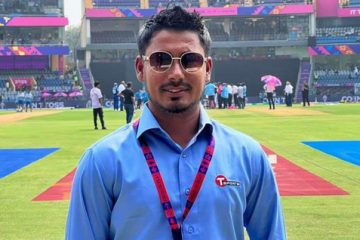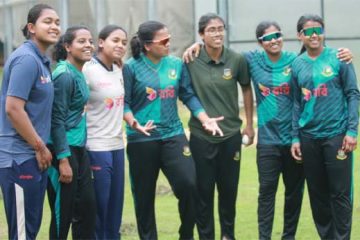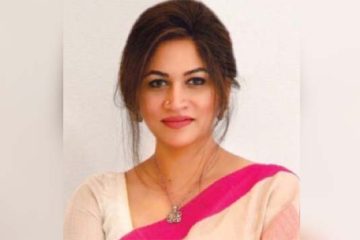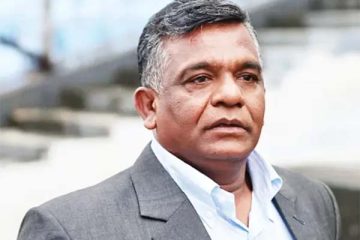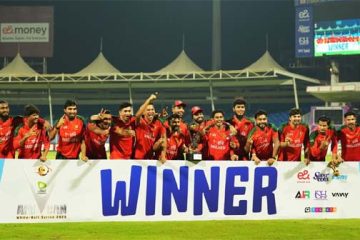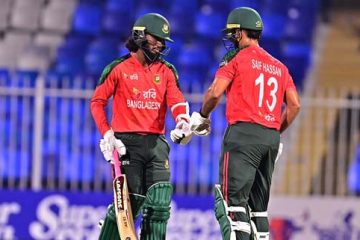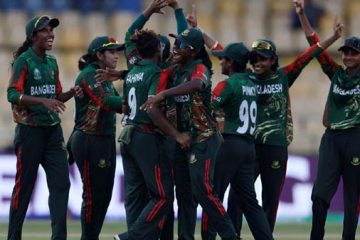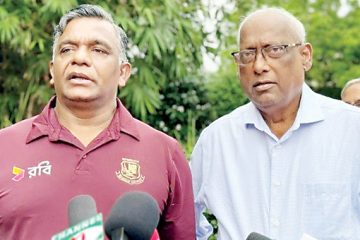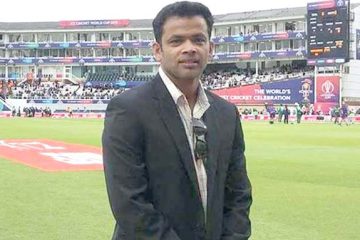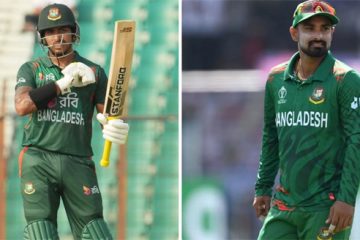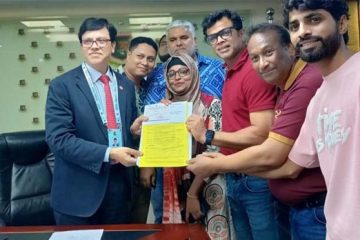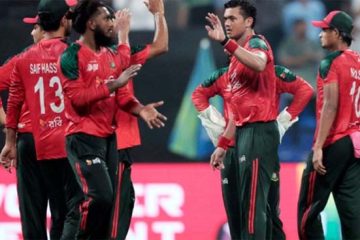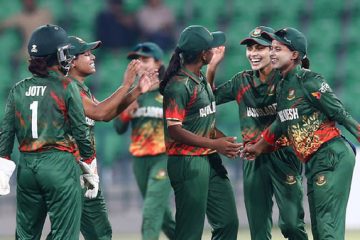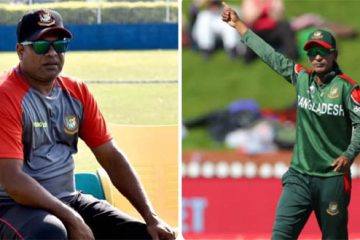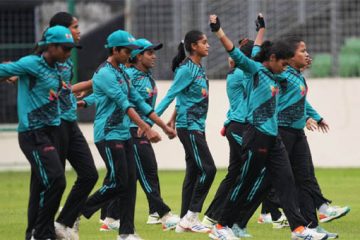The first men’s cricket World Cup (the women’s tournament was the first such global cricket event, held two years before) was held in England in the summer of 1975, when limited overs cricket was still a novelty, and a form of the game not taken too seriously by practitioners of the more serious business of Test cricket.
The format for the tournament would be unbelievable now with the whole tournament lasting a total of fifteen days and containing only eight teams. Of the eight, Sri Lanka and East Africa were not Test-playing nations. They qualified through the ICC Trophy.
At that time, one-day matches in England were played over 60 overs. The day of cricket itself was structured differently to what it is not. Along Test match lines, lunch was taken after 30 overs (2 hours) in the first innings, and tea taken at a similar stage of the second innings.
The teams were divided into two groups, playing each other once and the top two in each group progressing to the semifinals stage.
CHAMPIONS: WEST INDIES
Throughout they were the most dominant team in the tournament, obliterating every obstacle in their path to World Cup glory. The early seeds of West Indian dominance that prevailed over the best part of the next two decades were sown in this tournament. Clive Lloyd, the powerful left-handed batsman, commanded a team with an even mix of youth and experience, all brimming with talent.
With a top six comprising Fredericks, Greenidge, Kallicharan, Kanhai, Lloyd and Richards, the West Indian batting was in safe hands. Richards, the master blaster to be, was still in his first year of international cricket, and the brunt of the scoring was done by the likes of Kallicharan, Kanhai, Murray, Fredericks and Lloyd, who weighed in with a tour de force against Australia in the final. Kanhai was the old man of the side, and bowed out of international cricket after his sparkling half-century in the final.
It was their bowling, though, that did the most damage; they bowled their opponents out for less than 200 in three of their five matches. Their attack boasted 4 high-quality pace bowlers with the great Andy Roberts, the most economical bowler of the tournament, leading the charge with genuine pace and cunning. His opening partner, Bernard Julien was joint leading wicket-taker for the West Indies along with Keith Boyce, and second highest for the tournament. Vanburn Holder was a fast-medium bowler, unusual for a West Indian at a time when speed dominated. He was nonetheless a steady bowler relying on accuracy and determination. Clive Lloyd with his medium pacers, and Richards with his leg spin provided steady backup. Master spinner Lance Gibbs played in only one match – their opening encounter against Sri Lanka.
They breezed through to the final, and looked in trouble only once – during their one-wicket victory over Pakistan in the league stages. The final itself was a nail-biting affair after Australia threatened an unlikely victory with a 41-run 10th wicket stand, but glory was not to be denied the Caribbean Kings as they took the first World Cup by 17 runs, and set the stage for the dominance to follow.

